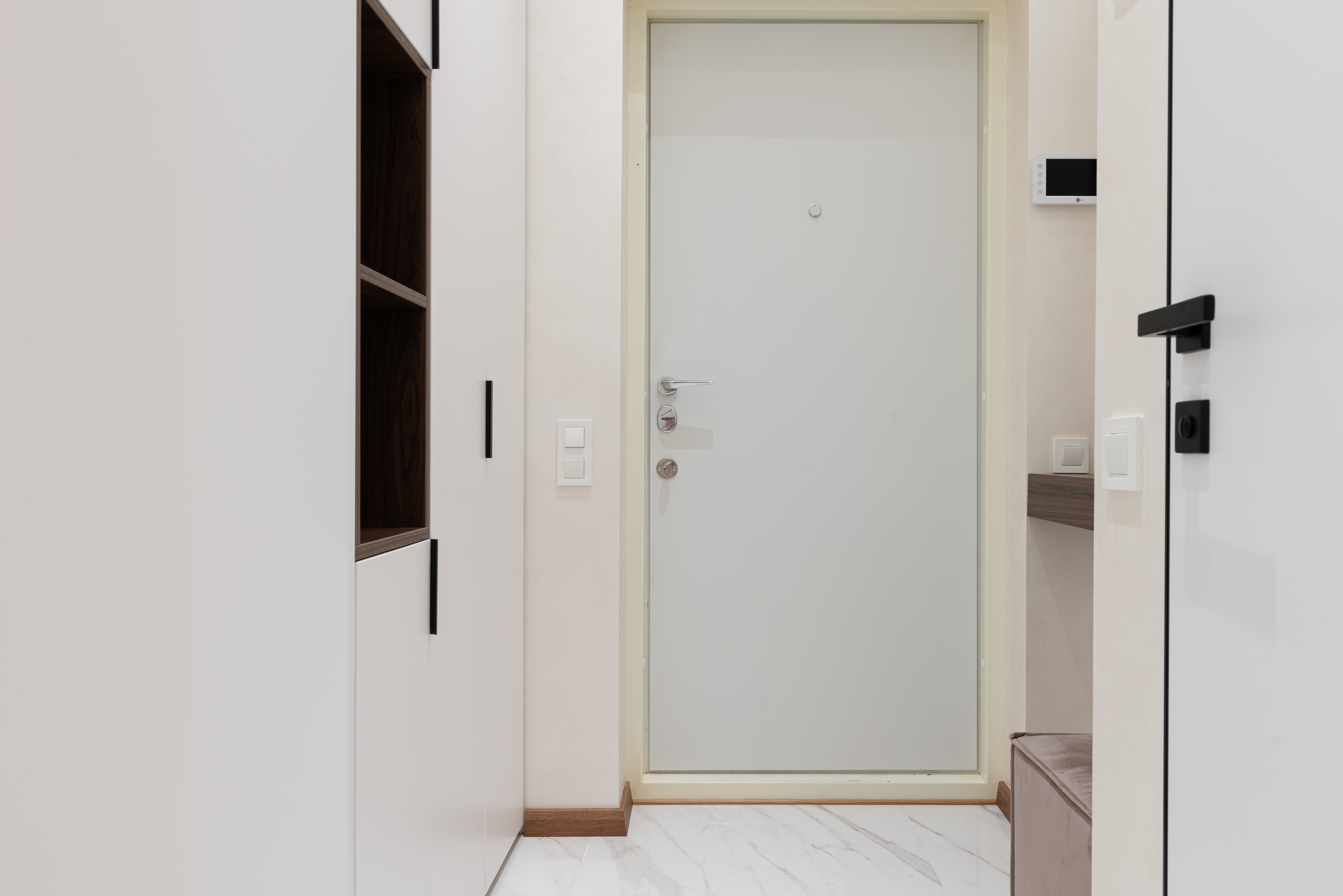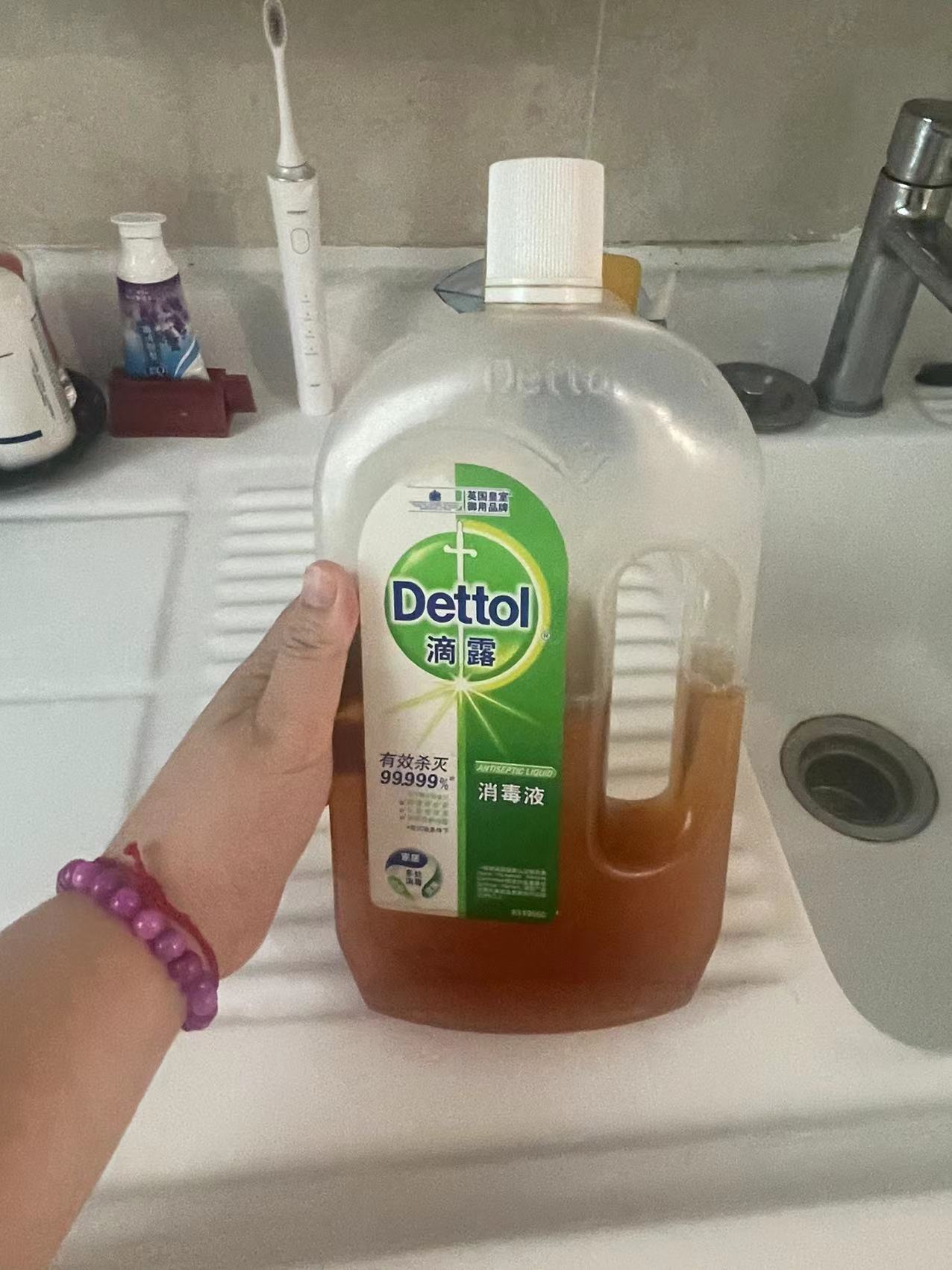[China: World Residence Tour] The Living Environment and Cleaning Conditions of Chinese Housing
- Release date: Mar 08, 2021
- Update date: Sep 05, 2025
- 16201 Views
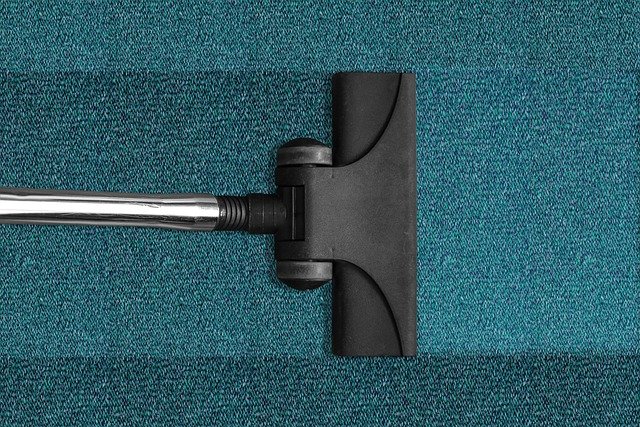
Different flooring materials for different spaces
As I have mentioned before, the handover of houses in China differs from that in Japan in that the houses are handed over as skeletons. This has the disadvantage of requiring additional cost and effort for interior work. On the other hand, there is the advantage of being able to freely decorate the house according to one's lifestyle. Therefore, flooring materials are often laid according to the characteristics of the space. Of these, the most different from Japan is the flooring used in living rooms and kitchens. In Japan, living rooms and kitchens are often already floored before you move in, especially in condominium-type buildings. In contrast, in China, some families put marble or tiles on the floor.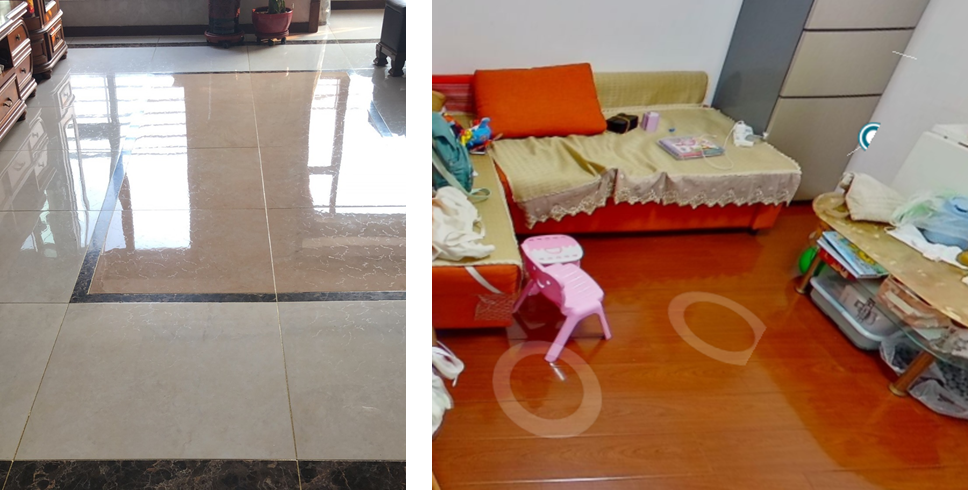
Marble/tile living room (left) and wood flooring living room (right)
* Source: Consumer Life Database (Consumer Life Panorama)
What is Consumer Life Panorama?
This is a website-type database that has accumulated visual data on more than 1,000 sei-katsu-sha from 18 countries around the world. The database includes many 3D models of living environments and 2D data of items owned by each sei-katsu-sha, and is useful for understanding overseas sei-katsu-sha, which is difficult to grasp using only letters and numbers.
Using visual data such as those cited in this column,
Compare the differences in the attributes of overseas consumers
To get a realistic understanding of the actual usage of each category
To understand the overall lifestyle of target consumers
etc., can be utilized as a “no-go” home visit survey.

Japanese wood flooring kitchen (left) and Chinese marble/tile kitchen (middle, right)
* Source: Consumer Life Database (Consumer Life Panorama)
Cleaning order and tools to use
In China, when we talk about sweeping the floor, we are not just talking about sweeping dust and debris. For this reason, in addition to brooms and vacuum cleaners, mops and floor wipers are often used together. The order of use varies from household to household, but one common example is to use a broom or vacuum cleaner first to sweep up dust and dirt, then a wet mop to wipe the floor, and finally a dry mop to wipe the floor. For Chinese people, it is important to wipe the floor with a mop as well, because sticky and grease stains on the floor cannot be removed with a vacuum cleaner or broom.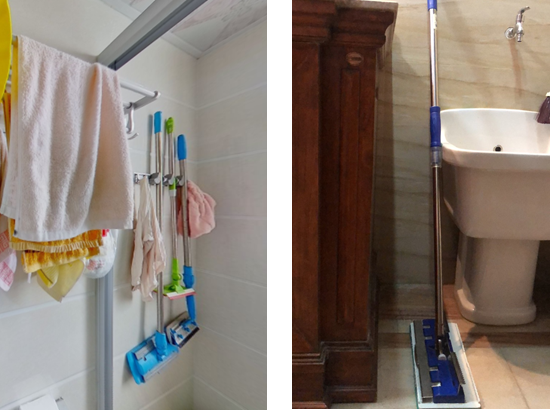
Chinese families installing floor wipers.
* Source: Consumer Life Database (Consumer Life Panorama)
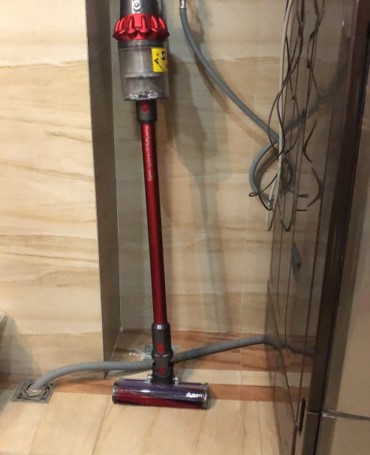
Chinese households place vacuum cleaners directly on the floor.
* Source: Consumer Life Database (Consumer Life Panorama)
-

Author profile
Yang Yan
A Chinese researcher living in Japan, reporting on the actual living conditions of overseas consumers, mainly in China. A robot vacuum cleaner is very useful for our dual-working family.
-

Editor profile
Yusuke Tatsuda
In charge of creating the Global Market Surfer website. She thinks that her little daughter will break the robot vacuum cleaner and is not ready to introduce it yet.
 Global Market Surfer
Global Market Surfer CLP
CLP
